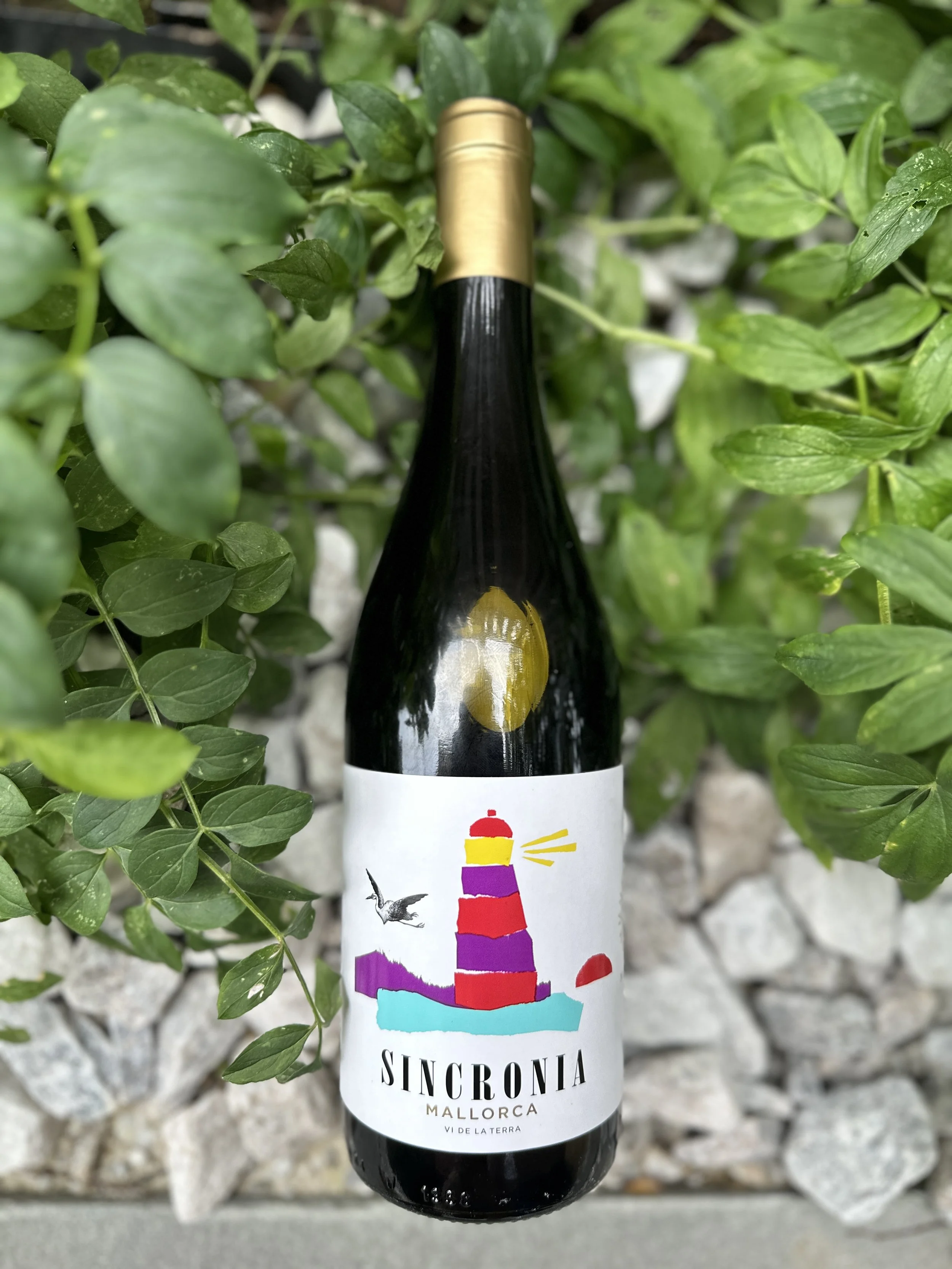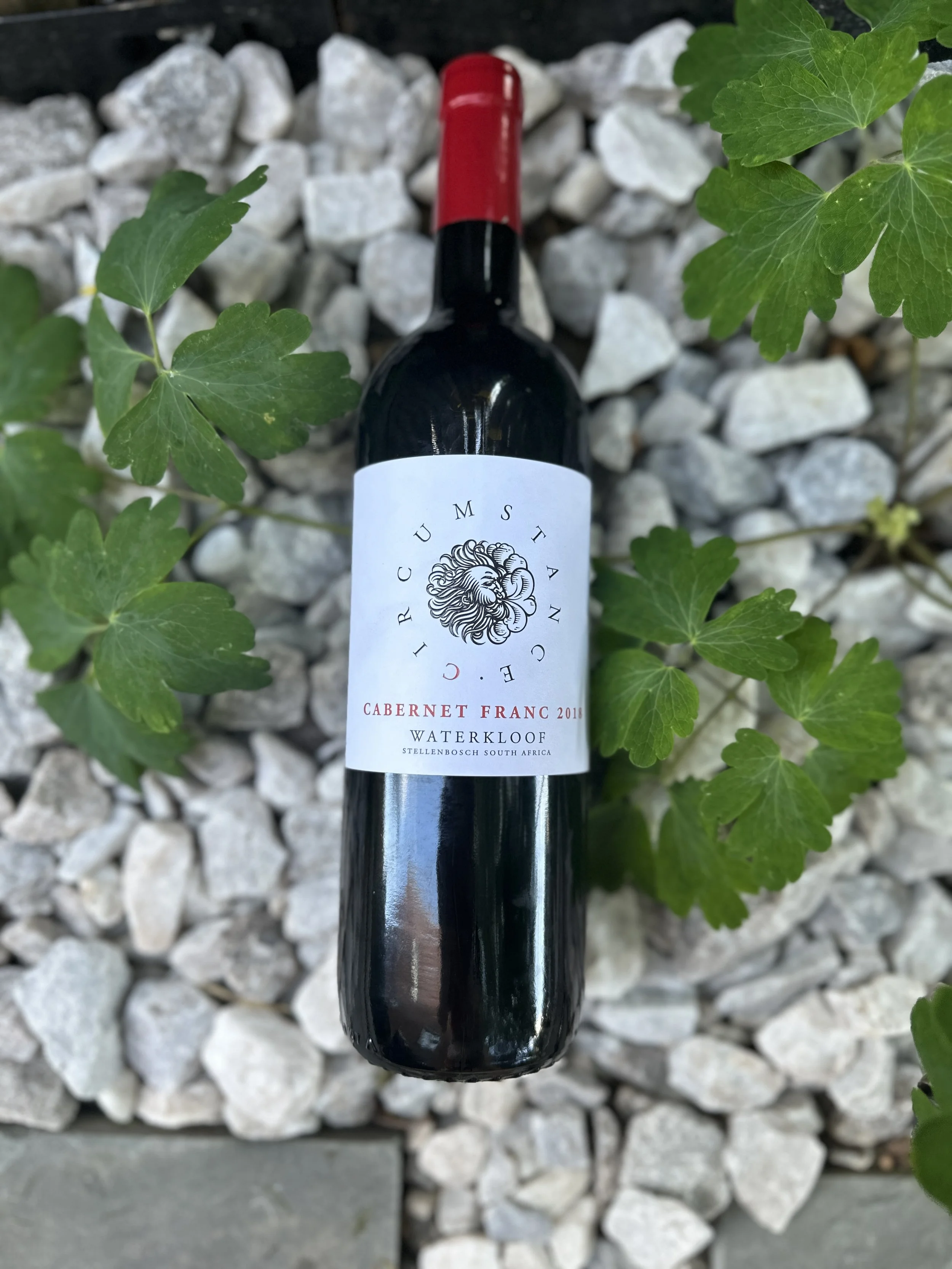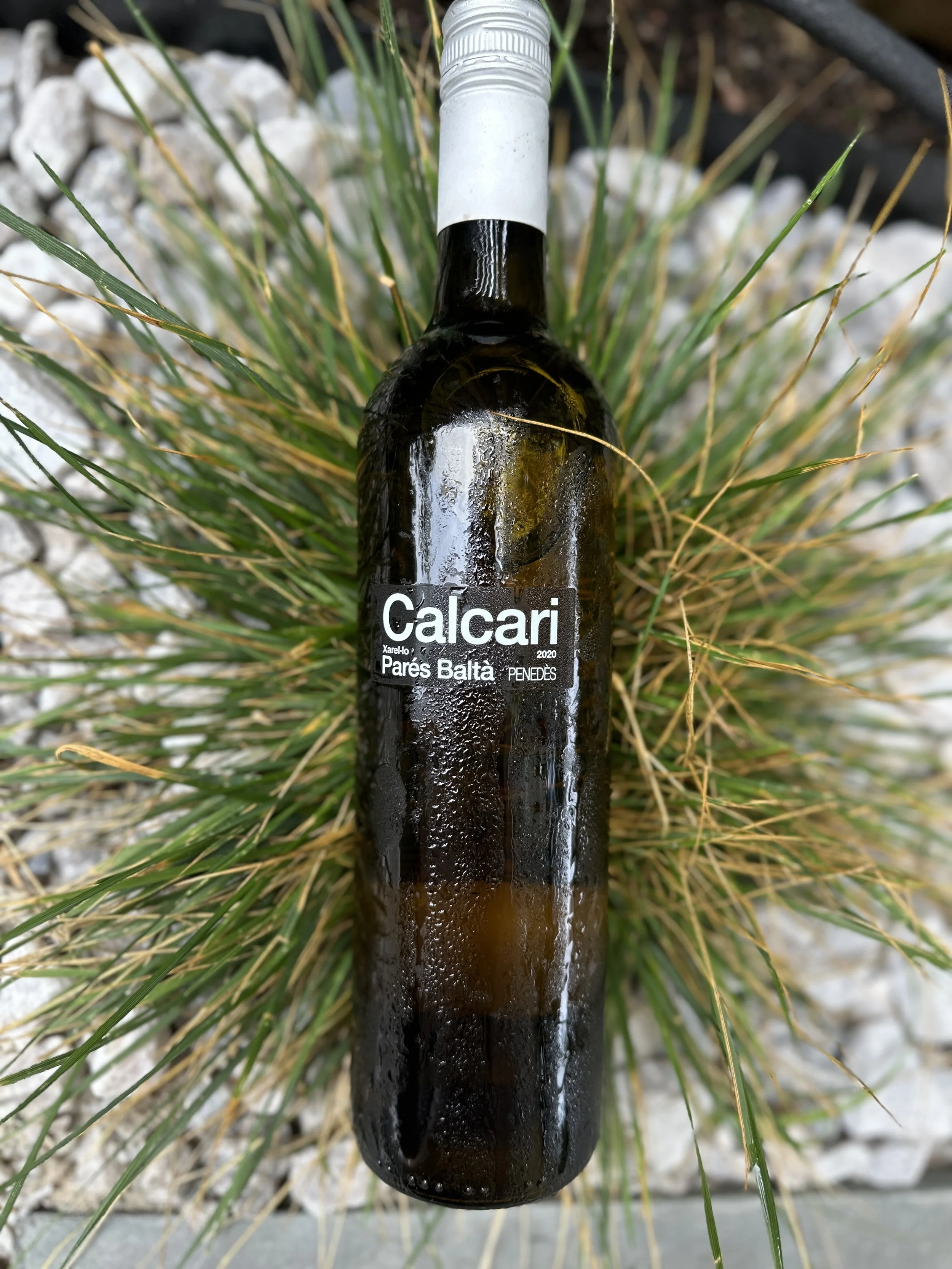July Wine Club: Using Less to Make the Juice
Welcome to round two in our tour of wines that are good for the planet—and the people who live here, too! If you joined us in June, you’ll remember we took a look at organic farming and the ways in which it leaves the land better off for future grape growing. This month we’re focusing on a different element of the sustainability challenge in wine: Namely, some of the ways in which growers and makers can lower wine’s carbon footprint by using fewer resources to bring you the goods.
Backing up a bit, to make wine, there’s a lot that’s not optional: labor, energy, water, packaging, and many other things. We hunted for winemakers that are making good choices to do what they can, though: prioritizing grapes that have adapted well to the climate they’re working in, building solar energy to power their wineries (not everyone can do this!), and using compost. Using less—like less energy to refrigerate the wines, less water for irrigation in the vineyard, and reusing what’s left after the grapes are pressed—leads to fewer emissions and a lower carbon footprint.
Questions? Wines or stories you’d like to see next month? Recipe for the world’s best scone? Send us a DM on Instagram (and don’t forget to give us a follow!) email at miki@getgoodwine.com, or stop into either UnWined location to talk to the UnWined crew!
Our wines this month are lowering the impact on the planet and tell the stories of intriguing places: Mallorca, South Africa, and Spain.
We’re thrilled to bring these to you!
The Wines
First in your trio, you’ve got Mesquida Mora Sincronia Negre 2021, which is a super fresh wine from the island of Mallorca. This wine is made by female grower and winemaker Bàrbara Mesquida Mora, who works deliberately to grow indigenous varieties (aka grapes that are from the place where they are grown). Indigenous grapes are well-adapted to a particular climate and thus are likely to use fewer resources over time. This bottle has Callet and Gorgollassa, which are native to Mallorca, along with some other international grapes that have been on the family land for 40 years. It’s all a balance, and there’s something to be said also for maintaining and not ripping up grapes and starting over—which is energy intensive, too!
— Mesquida Mora Sincronia Negre 2021
Next you’ve got Waterkloof Cabernet Franc 2018 from South Africa, which is a producer that uses solar energy in the winery—no small feat. Solar energy reduces the need for fossil fuels, which lowers the carbon footprint of these wines. This Cabernet Franc is a bit toasty and roasty and begs for some time alongside grilled meats or veggies this summer.
— Waterkloof Circumstance Cabernet Franc 2018
The final wine in your trio is the Perés Baltà Calcari 2020, which is a smooth, scrumptious white wine made from the Xarel-lo grape, which is indigenous to the Penedès region. This is a wine that is made by a female winemaking team - María Elena Cusiné & Marta Cusiné. Maria Elena, Marta and their team use organic compost from animal and vegetable waste, which reduces the need to use commercial fertilizers. They also use water from a river on their land, too. Plus, it’s just a darn tasty wine. If you want to hear more about this winery, be sure and stop into the shop and talk to Jess, who had the pleasure of visiting last summer and meeting the whole crew, too!





